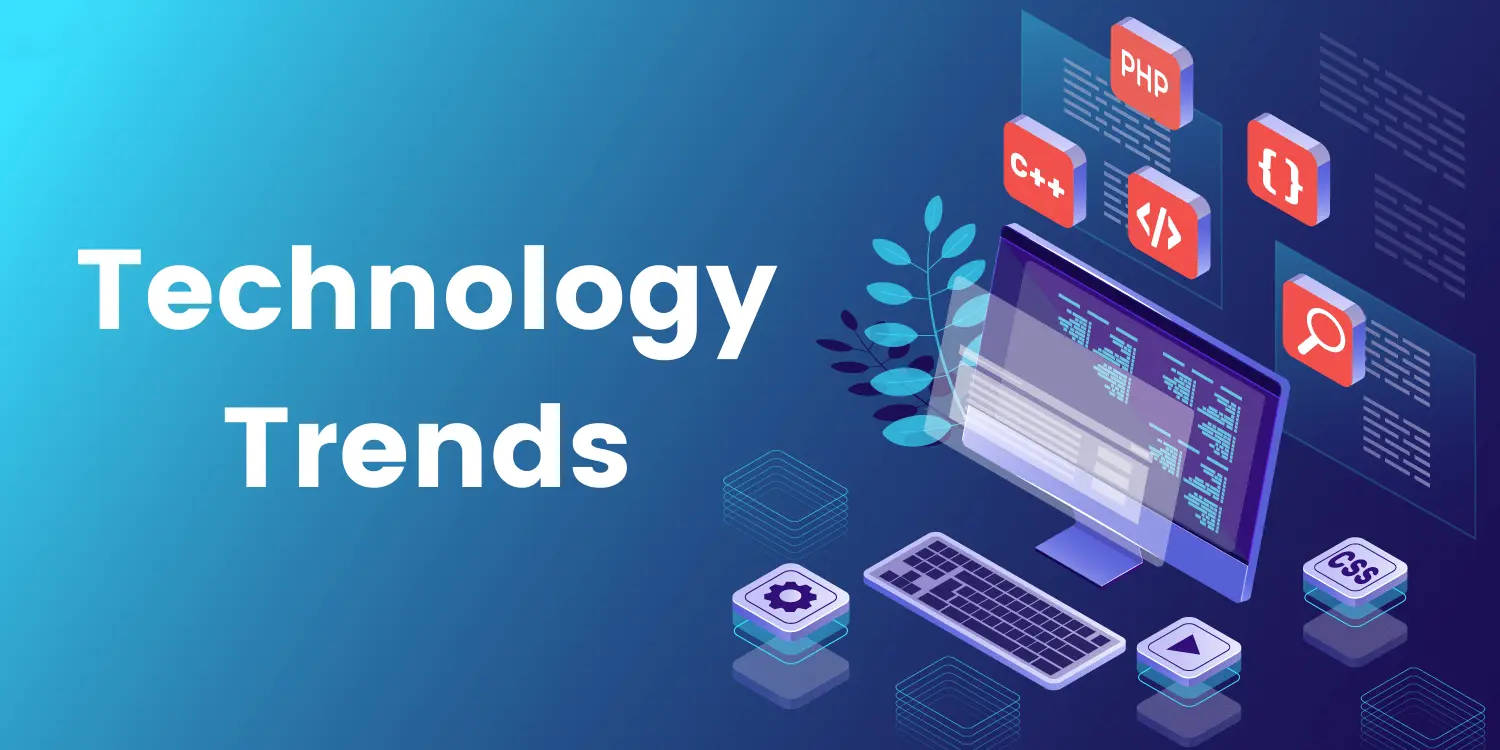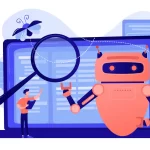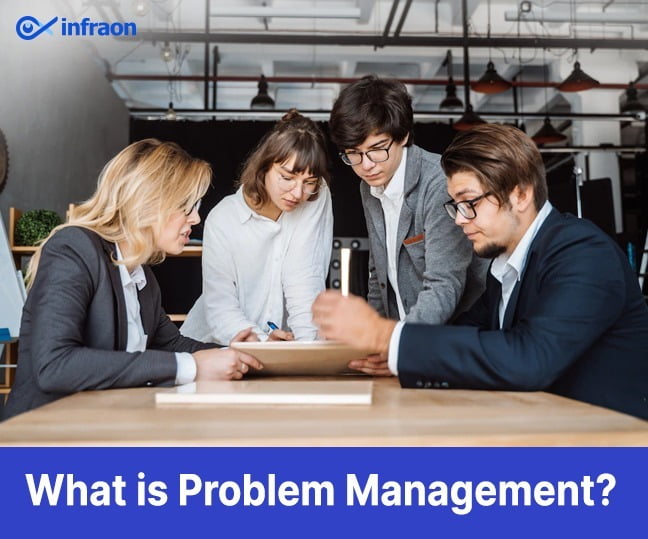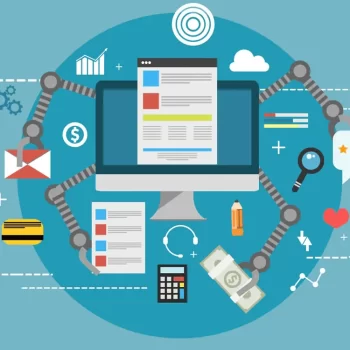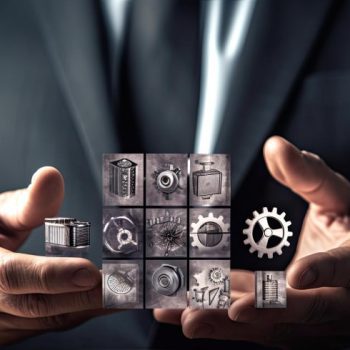It’s that time of the year again, folks. Everyone’s gazing at the crystal ball, hoping for a fairly accurate preview of things to look out for in 2025. The ITOps managers could definitely use one, as it seems to be trapped in a self-fulfilling prophecy of innovation. There’s so much happening that it’s gradually becoming tougher to separate buzzwords from proven technology trends. So, what exactly does 2025 have in store for ITOps managers and leaders beyond the flash-in-the-pan innovations?
Related article: SNMP Ports & Protocol – What is it and How Does It Work?
Let’s get right to it!
What’s Ahead for ITOps Managers in 2025?
1. AIOps-driven full-stack observability
Artificial Intelligence for IT Operations (AIOps) has undoubtedly become a top contender for the MVP of fast-growing enterprises in 2022. One big reason for this is that AIOps solutions have been helping them centralize and augment full-stack IT observability. Unlike traditional monitoring tools, they equip enterprises with AI/ML-powered workflows to monitor the complete IT infrastructure stack –with advanced event management capabilities to zero in on anomalies, suppress noise, and trigger timely alerts – all in real time. Over time, these workflows automatically learn to contextualize and identify more patterns – creating a proactive monitoring culture. Some of the major benefits of AIOps-driven full-stack observability include the following:
- Accelerate and improve fault/problem/ incident management
- Maximize technology ROI
- Speed up time-to-market of products/services
- Boost device uptime/health/performance
2. Single vendor solutions
Let’s first address why enterprises hesitate to consider best-in-breed solutions as flexible and scalable answers to their biggest ITOps problems in 2023. For starters, the integration and implementation cycles may be too complex and time-consuming for the investment to seem worthwhile. Also, the vendor journey would be far from being easy to manage – whether contract negotiations, cancellations or renewals. With single-vendor solutions, a.k.a. all-in-one ITOps suites, such challenges can be easily overcome – especially for enterprises in the middle of technology modernization – as these solutions ensure smoother application integration and deployment. The vendor journey is smoother too – with the assurance of reduced licensing costs.
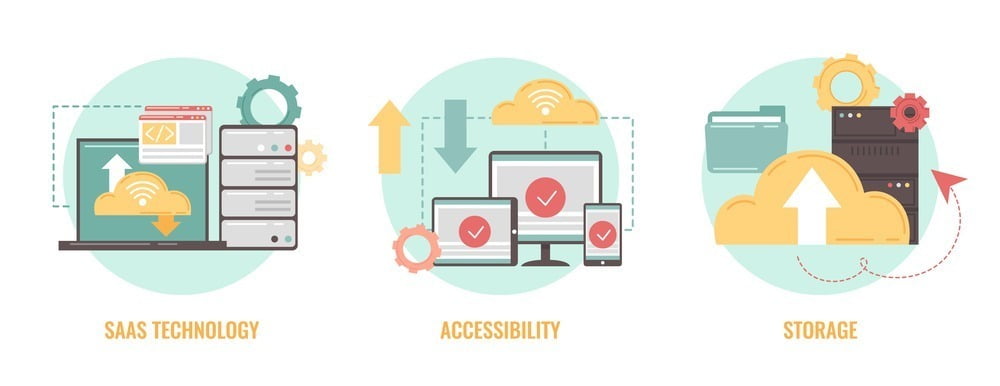
3. More IT interoperability
Interoperability isn’t a piece of software or a particular workflow. It is a mindset that ought to be incubated in the ITOps ecosystem as the demand for cloud-based synchronization is growing. This is no surprise, as in 2023 – different teams will continue being under tremendous pressure to seamlessly communicate and collaborate to achieve common IT goals while meeting the expectations of business users and customers. On the one end, day-to-day operations are bound to become more efficient, and on the other, employees will be empowered with cohesive tools to be highly productive. It also becomes easy to create master data sets and extract actionable analytics to take smarter decisions across the ITOps value chain.
4. DEX (Digital Employee Experience)
Even the term “Digital Employee Experience (DEX)” sounds like something that the ITOps world should have already paid attention to, doesn’t it? After all, it’s been a good while since digital transformation went from a buzzword to a tactical roadmap. So, doesn’t this strongly insinuate that digital-friendly employees equate to customer-friendly companies? Yet, not until recent times has DEX become a hotly discussed topic. In a recently conducted survey, 67% of employees even stated that “digital experiences in personal life are better than digital experiences at work.” Gartner also says that 50% of IT organizations will establish a DEX strategy within the next three years.
But what does it mean for 2023? Simply put, it should translate to increasing the quality of interactions between employees and technology. Of course, it’s easier said than done, given that digitalization often spreads like wildfire at the workplace – without a shared purpose or a sturdy plan. Hence, the first step is to create a roadmap to digitalize IT-related employee experiences across the full lifecycle – from onboarding to off-boarding.
5. Low-code/code-free hyper-automation
For a few years, hyper-automation has been shadowing innovation in ITOps, making it easy for IT, business, and DevOps teams to add strategic value instead of performing repetitive yet error-prone tasks. The scope of automation has widened with more tasks, processes, and workflows under its purview. However, as we approach 2023, it’s time to ask if hyper-automation is sustainable if users need technical skills to take advantage of it. If that’s the case, it could very well be an expensive and unreliable approach to innovation.
So, the key is to democratize hyper-automation to the extent that one’s least-tech-savvy user could leverage it. With rising talent shortage levels and hiring freezes, it’s become clear that the era of low-code/code-free should (ideally) soon start.
